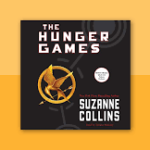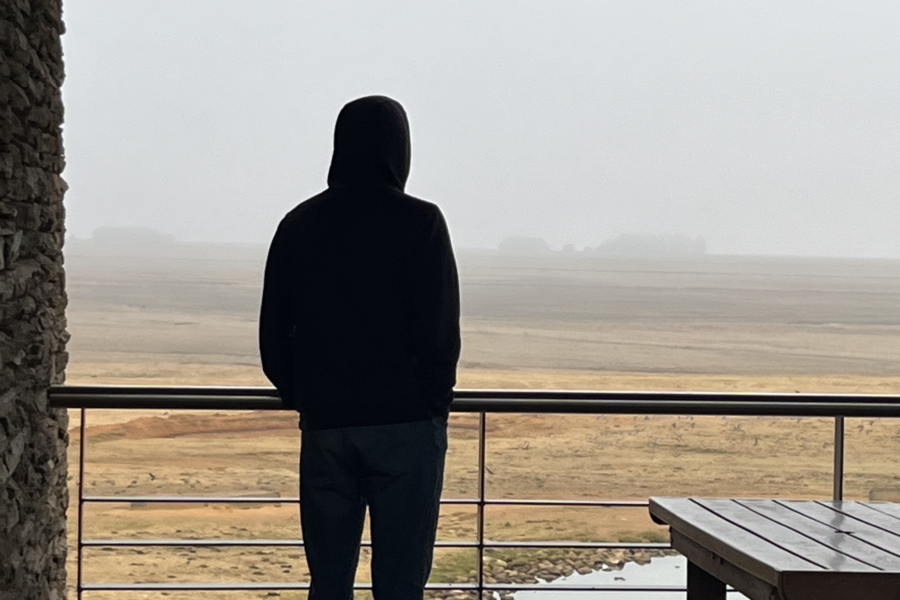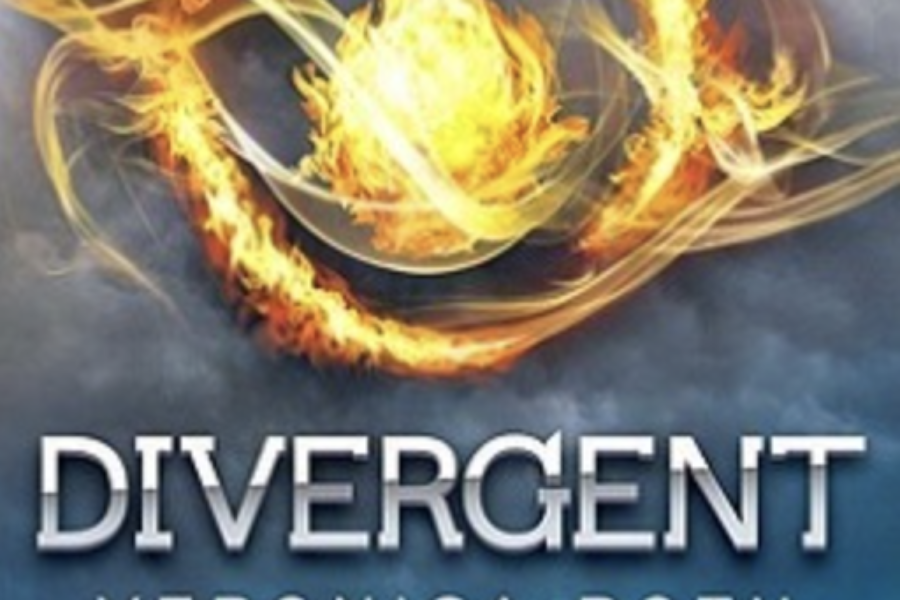We stood facing one another. Arguably, I was just as nervous as the six-year-old girl who stared back at me. I smiled and waved. She squirmed and giggled. But as the silence stretched on, I wondered what I could do to transcend the language barriers and bridge the vast gap between our life experiences. How could we connect when the most basic of communication tools was not accessible?
Thankfully, Emma was already entertaining some of the kids by demonstrating silly dance moves. “Can we play some music?” The suggestion came from someone in our group— I’m not sure who—but it was a moment of brilliance that would transform the atmosphere. The loud silence was muffled by Anika’s quick thinking, as the first notes of Party in the USA filled the air. The children’s faces lit up with excitement. Music, it seemed, was a language they understood instinctively.

Soon finding commonalities between us became easier and I realized we weren’t so different after all. The kids began requesting songs by Beyonce, Niki Minaj, and Tyla, among many other familiar artists. I started to understand that even across such distinct walks of life, we underlyingly had great similarities.
I observed the older girls’ body language as they interacted with their peers. At 12, I too was nervous, self-conscious, and giggled when talking to a boy I liked. I saw how the nine-year-old twins held hands and spun one another around. I also, grew up dancing with my sister till my feet ached. I watched some of the kids chase the drone hovering above them. I’ve always been fascinated with anything that flies. It became more apparent that at our core, we are all just human, with the same tendency and capacity to relish in the mundane and beautiful bits of life.

Bright patterns of pastel yellows, potent blues, and neon pinks swayed back and forth above their heads. Their little arms wiggled, their hips rotated, and bodies grooved in a beautifully unsynchronized rhythm. I could feel the tension break as their breaths eased, and the angst dissipated. With each passing moment, the invisible barriers between us seemed to crumble. As more of the group joined our dance party, I saw music becoming a vehicle to convey our emotions when words failed; the melodies had allowed us to surpass our superficial differences. The tunes became a celebration, not just of the time we had together, but of human’s incredible capacity for connection.
********
When day faded into night, the traditional Swazi songs and dances were to be performed. The first notes of the evening rang out, as the women in the community gathered in a circular formation to begin the ceremony. The tunes seemed to carry years of history and tradition, and though I couldn’t understand the words, I felt their importance. The call-and-response pattern between the young and the old created a beautiful intergenerational dialogue. The women drew strength from those around her to proudly enter the center and embrace her heritage and culture. I couldn’t help but be reminded of Mexican Folklórico dances where women also dress in beautiful garments bringing the community together to surround their circular groupings. I realized such bursts of joy—clapping, dancing, cheering, and singing—are cross-cultural tendencies that blur the lines of age, culture, gender, ethnicity, and nationality. I felt my own hands joining in the chanting, my feet striking the ground to the beat. At that moment, I understood that these songs were more than just entertainment—they were a symbol of universal happiness, allowing us all to feel part of something greater than ourselves. I felt an overwhelming sense of love and support from a community that knew nothing about me and owed nothing to me. But above all, I found myself feeling extremely grateful for music, to once again, be a powerful unifying force.









